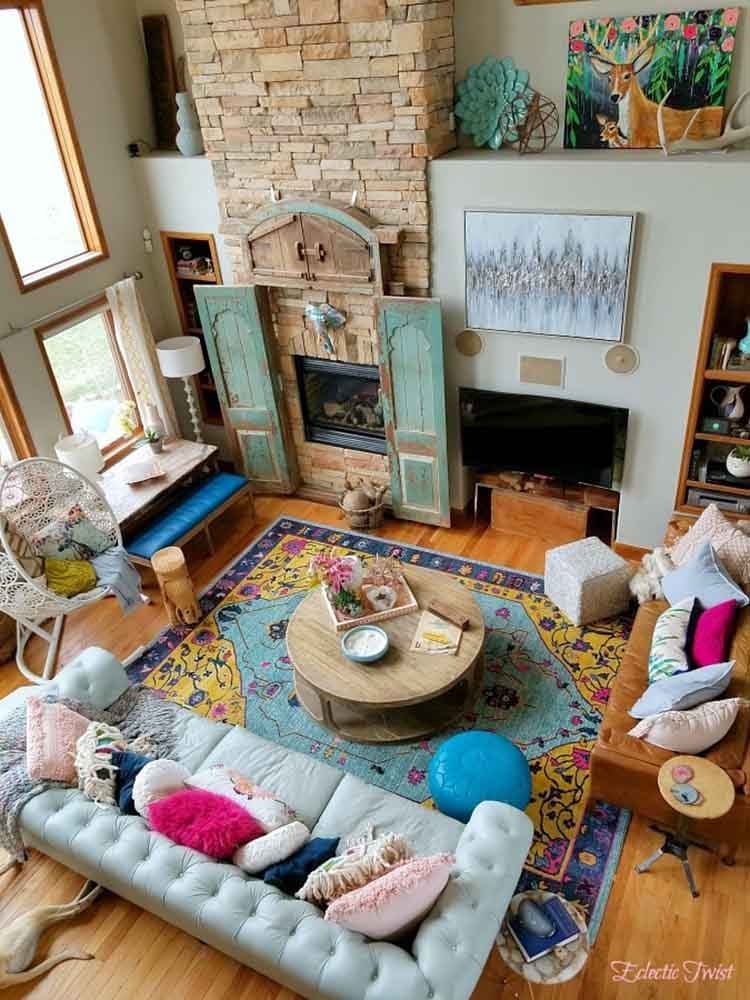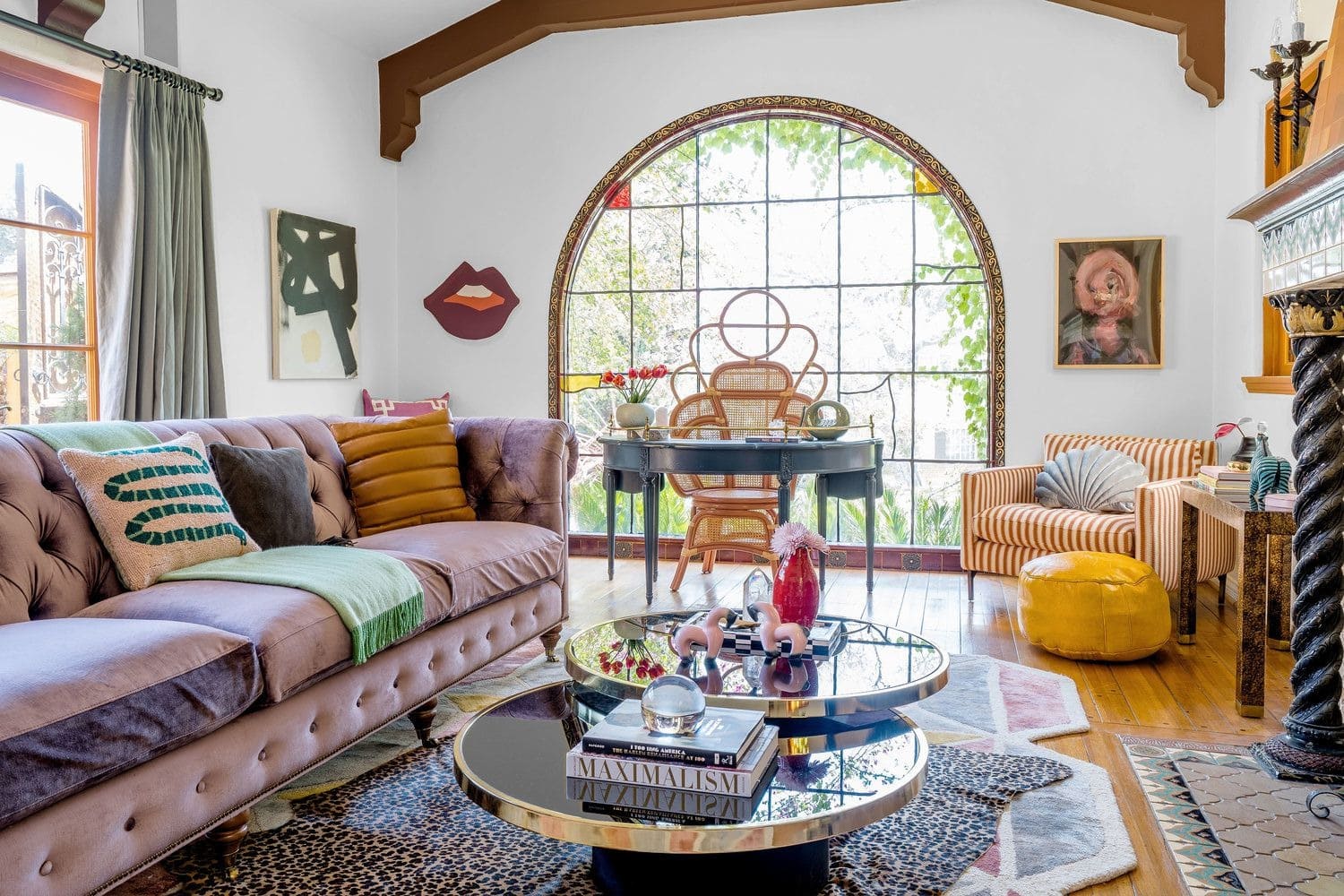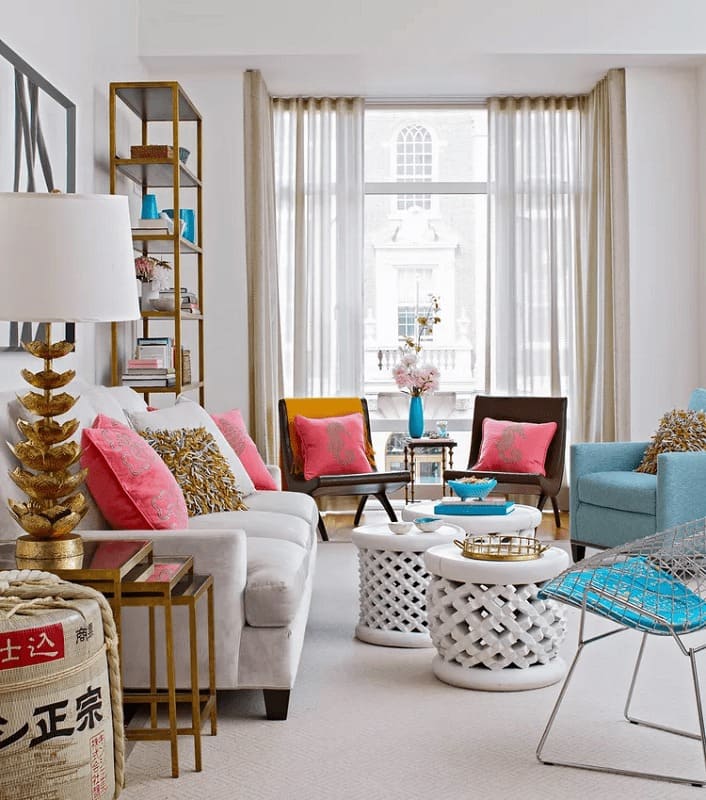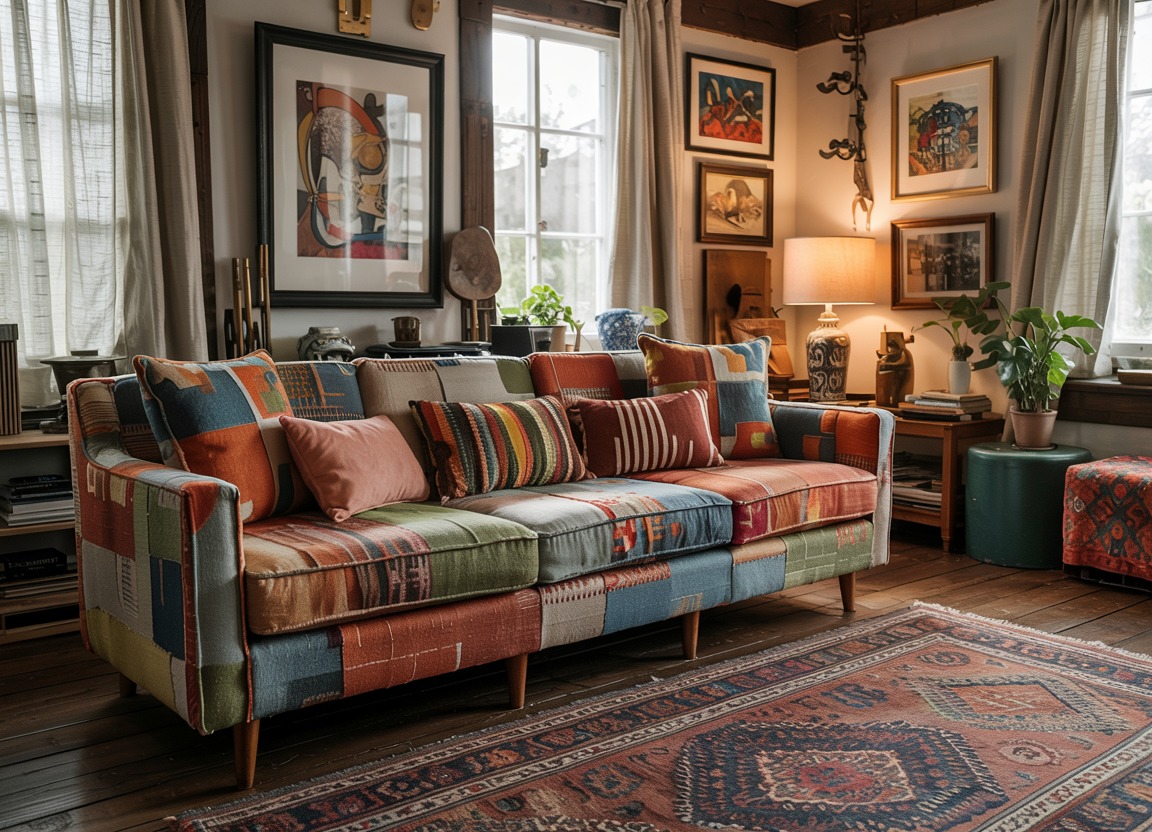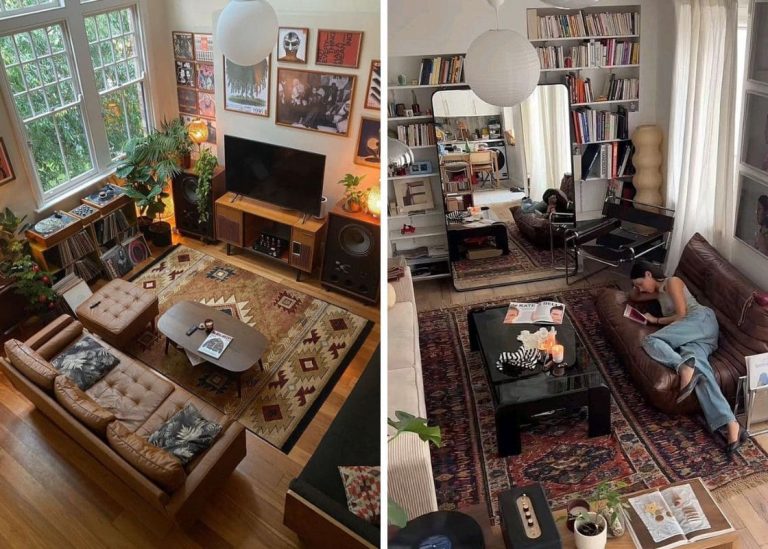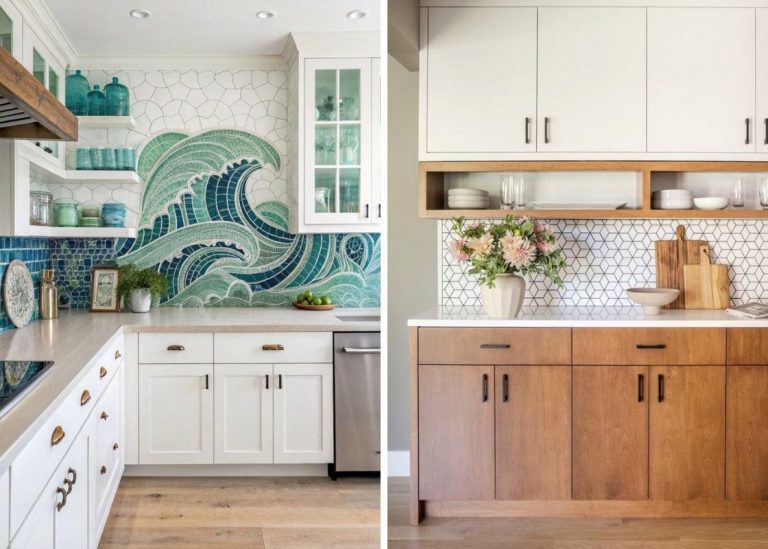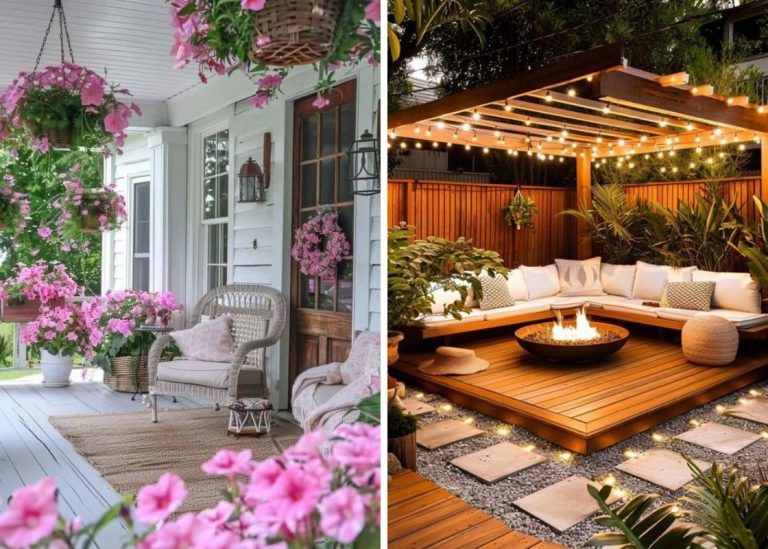Mixing Old With Bold: The Art of Eclectic Style That Doesn’t Feel Chaotic
I still remember the moment I realized my home didn’t have to “choose” just one style. It was a slow Sunday, and I was moving things around in the living room—something I tend to do when I need a little peace. I had just brought home a vintage brass mirror from a flea market, and I was trying to find the perfect spot for it. The thing is, it didn’t match anything else in the room. My couch was modern. My rug was boho. My coffee table was industrial. And yet… somehow, it worked.
That was the first time I truly embraced eclectic style. Not because I’d planned to. But because, without realizing it, I’d been layering pieces that made me feel at home—not because they matched, but because they meant something. A print from our honeymoon. A worn leather armchair I couldn’t part with. A vase that once belonged to my grandmother.
Over time, I stopped worrying about “cohesion” and started asking myself a different question: Does this tell my story?
Today, I want to walk you through how you can do the same. Eclectic doesn’t have to mean chaotic—it can be your most thoughtful, expressive, and soul-filled design. Let’s explore how to mix styles, eras, and textures with grace and confidence.
1. What Is Eclectic Style—And What It’s Not
Let’s start with the heart of it. Eclectic style is the art of blending different aesthetics, time periods, and materials into one harmonious space. It’s personal, layered, and full of personality.
But eclectic doesn’t mean messy. It’s not about throwing everything you love into one room and hoping for the best. It’s intentional storytelling—choosing pieces that speak to you and arranging them in a way that feels balanced and alive.
Think of it as curating a space that looks like you. Not a catalog page. Not a Pinterest board. But something entirely yours.
2. The Secret Ingredient: Balance
Balance is what keeps eclectic design from feeling overwhelming. It’s how you pair a sleek modern lamp with your grandmother’s carved-wood mirror and make it feel meant to be.
In our hallway, I once hung that mirror above a minimalist black console. The contrast made both pieces shine. One was old and intricate. The other clean and sharp. But together? They told a deeper story.
Try this:
-
Use one dominant style as a foundation (maybe mid-century or farmhouse)
-
Slowly layer in pieces from other styles as accents
-
Balance heavy with light, smooth with textured, structured with soft
Eclectic design isn’t about volume—it’s about rhythm.
3. Anchoring With Color or Texture
If you’re worried your space might feel too scattered, start by choosing a consistent color palette or a repeating texture. This is what ties everything together.
In one of our past living rooms, the space felt disjointed until I added a single rug in soft earthy tones—clay, sand, moss. Suddenly, everything clicked. The bright pillows made sense. The natural wood tones found their match. That rug saved the room.
Ideas for grounding your space:
-
Use neutral tones like cream, terracotta, olive, and charcoal as your base
-
Repeat one texture throughout (like velvet pillows, a velvet ottoman, or even velvet curtains)
-
Let one color echo in every room—for subtle cohesion
4. Give Each Piece a Story and a Purpose
One of the things I love most about eclectic homes is that everything feels chosen. Not for trend, but for meaning.
A few years ago, I found the quirkiest teal velvet chair in a secondhand shop. It didn’t go with anything I owned, but I brought it home anyway. That chair became the heart of a cozy reading nook—just a lamp, a basket of books, and that chair. It became a quiet ritual space for me. And I never once regretted bringing it home.
Tip: Let every item in your space earn its place. If it doesn’t spark joy, tell a story, or serve a purpose—it might be time to pass it along.
5. Play With Contrast—But Know When to Pause
Eclectic spaces shine when they play with contrast. Old and new. Matte and shiny. Minimal and ornate. It’s exciting and dynamic.
But here’s the secret I had to learn the hard way: not everything can be the star of the show. In one version of our living room, I had bold art, bold lighting, bold colors—and it felt… loud. Too much of a good thing can make a space feel tense. Now, I let pieces take turns. One big statement. One quiet background. One moment of sparkle. Then pause.
Try this:
-
Limit statement pieces to one per zone
-
Use soft, calm textures to offset bold patterns
-
Leave negative space—your eyes need it
6. Curate, Don’t Clutter
It’s tempting, when you love beautiful things, to bring them all out at once. But too many layers can turn even the most meaningful space into visual noise.
I like to rotate pieces by season—it keeps things fresh and lets me appreciate everything more deeply. A favorite vase in spring. A textured throw in fall. A little shift can refresh a whole room.
Simple reminders:
-
Give each piece breathing room
-
Group collections instead of spreading them out
-
Sometimes, a clean corner speaks louder than a busy shelf
7. Mixing Patterns Without a Headache
Pattern mixing can feel tricky, but once you find your rhythm, it becomes joyful. I like to start small—throw pillows, rugs, framed textiles.
The trick? Find a shared color or tone. You can pair a floral with a geometric, or a tribal print with stripes, as long as the tones echo each other.
Pattern Pairing Cheat Sheet:
-
Florals + Stripes (use similar scale and color)
-
Tribal + Velvet Solids (texture helps balance the eye)
-
Geometrics + Organic Shapes (balance sharp with soft)
Let patterns be playful, not stressful.
8. Tell a Story Through Display
Some of my favorite corners in our home are little moments—a shelf with framed postcards and travel finds, a mantel with layered mirrors and candles, a tray holding seashells and an old photo. These aren’t styled to perfection. They evolved. Slowly. Over years.
Tips for creating vignettes:
-
Group items by theme, tone, or height
-
Add one natural element: a plant, a dried flower, a stone
-
Change it seasonally or whenever inspiration hits
You don’t need big spaces to tell big stories.
9. Let Your Personality Lead the Way
This is the most important part of eclectic style: you. Your quirks, your colors, your collected joys.
I once painted a wall a deep, moody plum—on a whim, on a Saturday, after three cups of coffee. I didn’t ask permission. I didn’t overthink it. And guess what? I loved it. It became the backdrop for a gallery wall, and even though that wall is gone now (we repainted when the baby arrived), I still smile thinking about it.
Your home should feel like a warm hug. Not a showroom. Say yes to things that make your heart light up.
Embrace the Beautiful Mix
If there’s one thing I’ve learned, it’s that eclectic homes aren’t built in a day. They evolve. Just like we do. Layer by layer, year by year, moment by moment. You don’t need to get it perfect. You just need to get it true.
So go ahead—bring home the bold lamp. Try the rattan with the velvet. Paint the wall that weird, wonderful color. And let your home become a reflection of your beautiful, layered life.
Now I’d love to hear from you. What’s one piece in your home that tells a story? Or one mix you’ve tried and loved? Tag me in your favorite bold-meets-old moments or drop them in the comments below. I can’t wait to see the stories you’re building.

